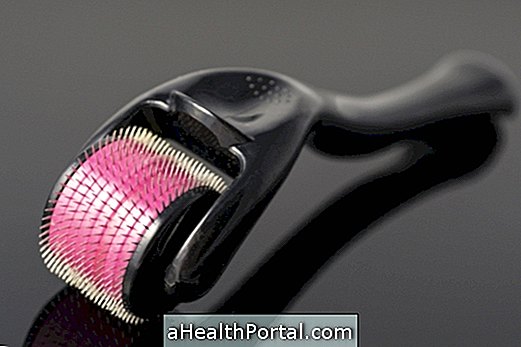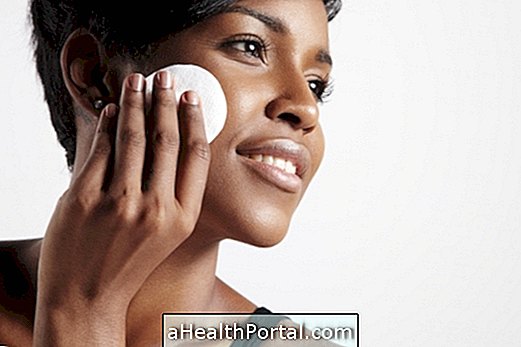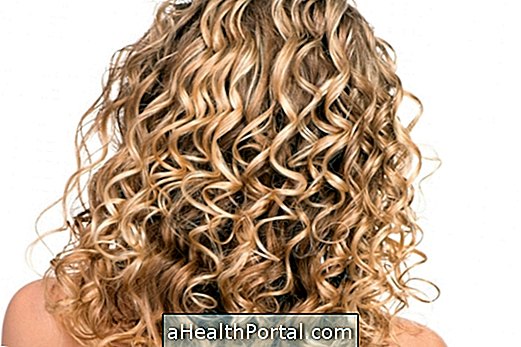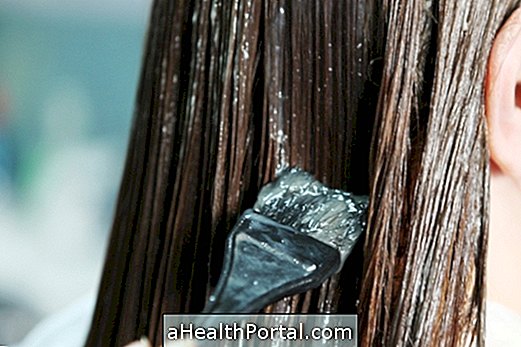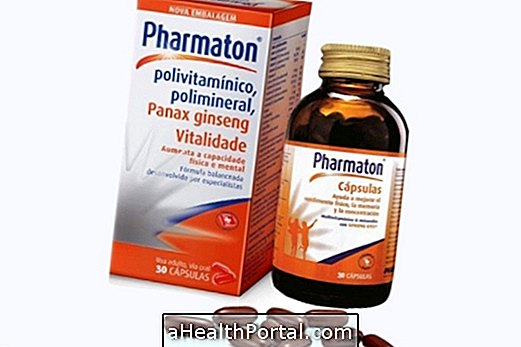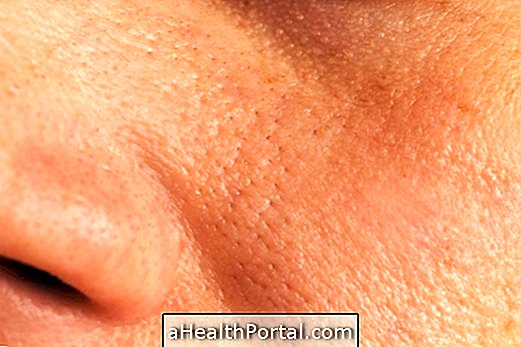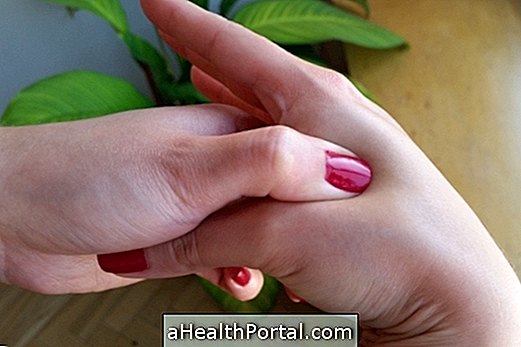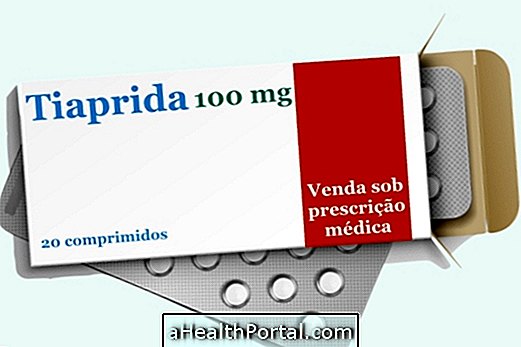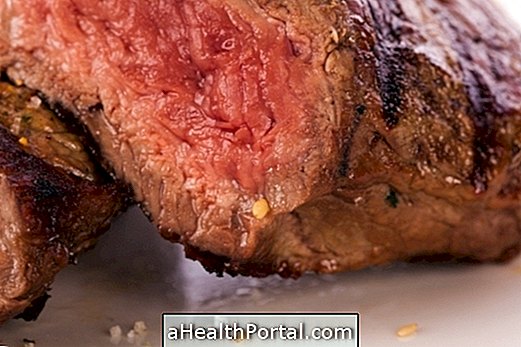Different techniques can be used to remove facial or body scars that include laser therapy, corticosteroid creams or skin grafts, depending on the severity and type of scar.
These types of treatments are quite effective at removing scars, leaving the scar almost invisible, however they should always be advised by a dermatologist.
So if you want to opt for a more natural option, try our home remedies to eliminate skin blemishes.
1. To take scars from the spine


To remove the scar left by a spine are used the following techniques:
- Chemical peeling: application of acidic products on the face that remove the superficial layers of the skin, allowing the growth of a new skin smooth and without blemishes;
- Laser: laser application to heat and destroy pimple scars;
- Dermabrasion: use of an apparatus that removes the superficial layers of the skin, stimulating the growth of a new tissue without cores;
- Micro Needling : use of micro needles to penetrate a specific region of the skin, which will cause micro-injury and redness, naturally stimulating skin regeneration, production of collagen, elastin and hyaluronic acid. Learn more about this aesthetic treatment.
These techniques also help to remove scars from cold sores, but should always be done by the dermatologist or functional dermatologist. It is also important to remember that during the treatment it is necessary to avoid the sun, because the sun's rays worsen the spots on the skin and compromise the results.
2. How to take surgery scars
Watch the video to learn what you can do to make your recent scar very discreet:

Some options for taking old scars, with more than 90 days are:
- Creams that increase the production of collagen: they improve the elasticity of the skin, reducing scar relief;
- Ultrasound: promotes the circulation and production of collagen, avoiding the formation of scar and keloids;
- Carboxytherapy: it increases the production of collagen and elastin, forming a smoother skin;
- Radiofrequency: produces heat and undoes the nodules under the scar, unifying the skin and thinning the scar;
- Fill with collagen: used when the scar deepens the skin because it increases the volume below the scar so that it stays on the same level of the skin;
- Local aesthetic surgery: Removes the scar layers and uses internal stitches to leave no marks.
People with a history of deep scars or keloids should inform the doctor before performing surgeries so that the surgical procedure is done in a way that leaves as few scars as possible.
3. Take away burn scars

Burn scars are usually the most difficult to remove, but the most commonly used techniques in these cases include:
- Corticosteroid ointments: reduce inflammation and reduce scarring, being indicated for 1st degree burns;
- Cryotherapy: uses low temperatures to control pain and inflammation, and is used for mild burns;
- Pulsed light laser therapy: removes excess tissue from the scar, disguising the color difference and decreasing the relief, being indicated for 2nd degree burns;
- Surgery: Used primarily for 3rd degree burns, surgery replaces the affected layers of the skin with healthy skin grafts taken from other parts of the body.
In addition, Rosa Mosqueta natural oil is also a great home-cooked option that helps to disguise and smooth the skin from scars, see how to use Rosehip Oil.
However, it is important to remember that removing scars can be a time-consuming process that requires several sessions and types of treatments in order to make the skin healthy and without blemishes.
What can make the scar worse
The main factors that worsen the scar and make it difficult to withdraw are:
- Age: the greater the age, the slower and worse is the healing, leaving more marks;
- Body part: knees, elbows, back and chest make more movements and efforts throughout the day, worsening the scar;
- Excess sun: causes darker spots on the skin, leaving the scar more visible;
- Sugar consumption: The more sugar or sugary foods you consume, the harder it will be to heal.
In addition, some medications and hormonal changes can interfere with the healing process, so it is important to consult your dermatologist and follow the appropriate treatment to avoid complications.

